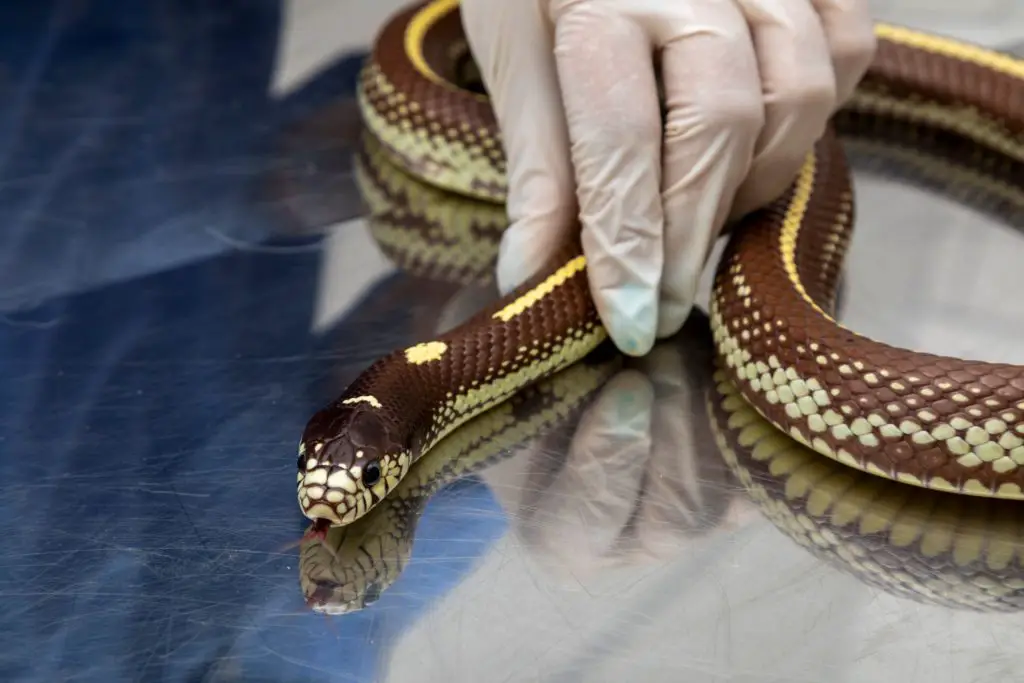Today we look at the 3 most common Snake Diseases. It’s not a fun subject, but for us snake keepers it is an important one.
Last updated on February 1st, 2023 at 09:39 am
Like most animals, snakes can catch a wide range of diseases. In captivity, however, most of them are due to husbandry issues. Out of these sicknesses, Mouth Rot (Necrotizing Stomatitis), Scale Rot (Necrotizing Dermatitis) and Respiratory Infection are the most common. Keep reading for a quick rundown of the three.
Can snakes pass diseases to humans?
Before we get into it – let’s answer a really common question. Snakes can indeed pass certain diseases to humans. Nonetheless, this is very unlikely, especially if you maintain good enclosure hygiene.
In fact, dogs and cats are much more likely to transmit diseases given their, shall we say, questionable, toilet habits…The main disease that has been proven to pass from reptiles to humans is Salmonella.
In case you don’t know, Salmonella is a bacterial stomach infection that can be serious in the elderly, children, and those with compromised immune systems.
For healthy adults, Salmonella is a little like food poisoning, and can in fact be quite mild, depending on how much contaminated food the individual ingested and the strain of Salmonella present.
If you want your pet snake to be safe for you and your family, follow the same steps you would when cooking. Wash your hands after handling them and maintain a high standard of cleanliness in the area where they are kept. It really is that simple!

1. Snake Mouth Rot
Mouth rot is an inflammation of the mouth that can occur in all reptile species. This condition is also known as necrotizing stomatitis. A variety of infectious agents can cause Mouth Rot, including bacteria, viruses, and fungi.
Bacterial infections are the most commonly seen and usually involve an overgrowth of bacteria normally found in a snake’s mouth. This includes Aeromonas and Pseudomonas spp. However, other bacteria such as Salmonella, Klebsiella, and Mycobacterium have also been associated with mouth rot.
In most cases, mouth rot is a secondary disease resulting from stress, trauma, poor hygiene, or husbandry practices. These situations can impair a snake’s immune system and make them more susceptible to mouth rot and other infections.
Symptoms
The general symptoms of mouth rot include anorexia, weight loss, and dull mentation (sluggishness). A closer examination of the animal may reveal excessive salivation, inflamed or swollen gingiva, and discharge from the mouth.
The oral discharge is usually white or yellow in appearance. Some people describe it as a “cottage cheese” consistency and color.
Because of the inflammation in the mouth, snakes may exhibit other signs of discomfort and begin open mouth breathing. In severe cases, the infection can spread to the bone. The term for this condition is osteomyelitis.
Osteomyelitis of the jaw causes lesions in the bone and can make the jaw more fragile. A veterinarian can use skull X-rays to help visualize the severity of any bone changes.
Additionally, bacteria from the infection can lead to respiratory or gastrointestinal disorders. If the bacteria enter the bloodstream, the animal can become septic and quickly die.
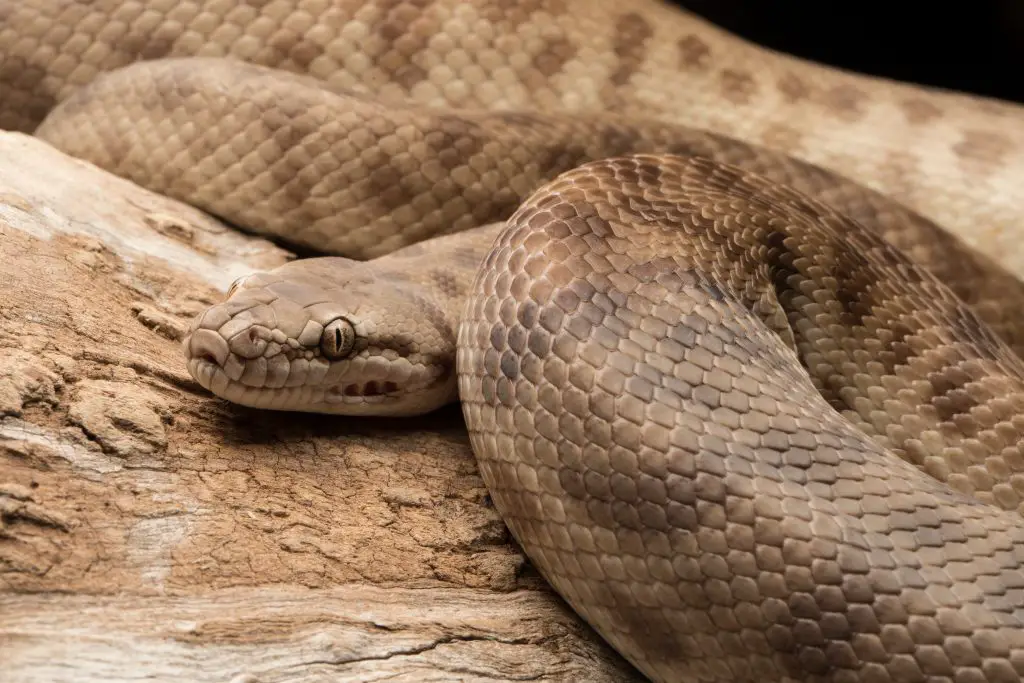
How do you treat snake Mouth Rot?
Treatment of this condition is dependent on the severity of the disease. The mouth should be thoroughly cleaned using appropriate antiseptics. Topical antibiotics such as silver sulfadiazine are applied once the mouth is clean.
In the vast majority of cases, systemic antibiotic therapy is also highly recommended. Bacterial culture and sensitivity testing are helpful when selecting an appropriate antibiotic regimen. In severe cases, surgical debridement may be necessary to remove severely inflamed tissue and granulomas.
During the recovery process, additional supportive therapy may be necessary. This can include fluid therapy and nutritional support. Some studies have suggested supplementation of Vitamins A and C as a possible treatment.
While this may be beneficial, it does not always alter the course of the disease. As such, vitamin supplementation should be used in combination with other therapies.
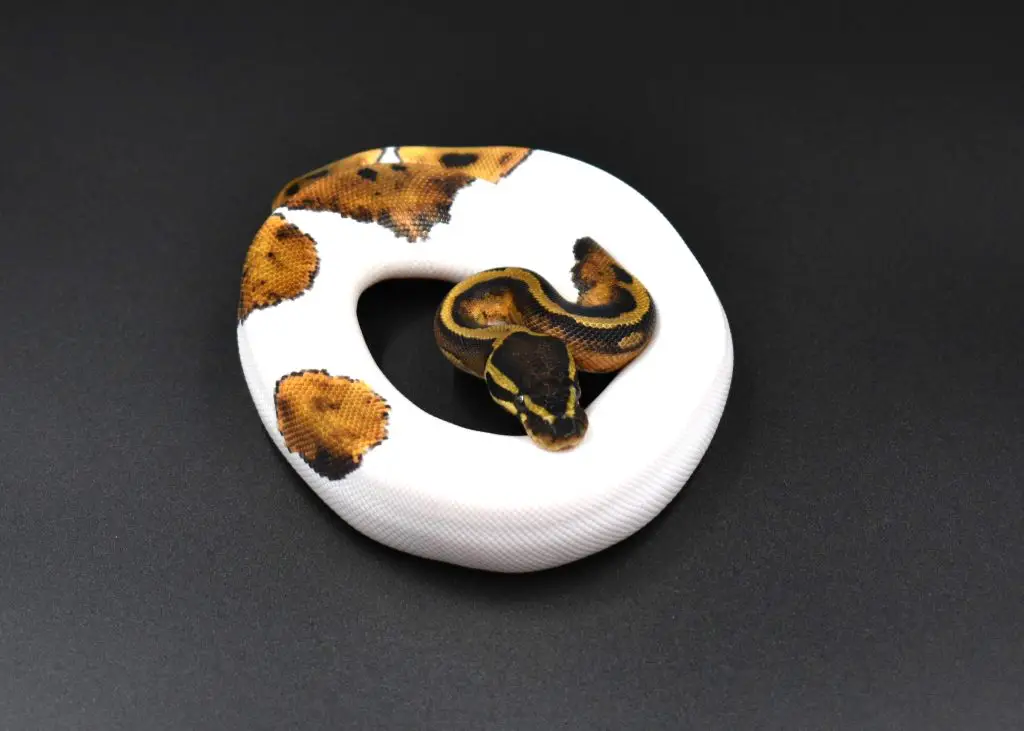
How does a snake get Mouth Rot?
Keeping your snake healthy is an essential part of preventing mouth rot. Snake habitats should maintain an appropriate temperature for the snake species and provide adequate humidity.
Husbandry requirements vary based on the species and individual animal. If you are unsure of the specific requirements for your snake, it is essential to consult with a professional.
Additionally, regular health screenings and veterinary exams are an essential part of mouth rot prevention. Underlying health conditions can compromise an individual’s immune function and put them at greater risk of contracting an infection.
Which snakes are most at risk for mouth rot?
Any species of snake will get mouth rot if it is kept in unhygienic or unsafe conditions. It is almost always a question of husbandry.
That said, a common starting point for an infection is an injury to the rostrum (snout) from rubbing at a screen lid or striking at the side of the enclosure. Often, these injuries happen because a lively snake is kept in a cramped enclosure.
Some snakes are naturally much more active, and need much, much more space than others to prevent them from injuring themselves in this way.
Examples of active snakes that need big enclosures include:
- Racers
- Coachwhips
- Scrub Pythons
- Olive Pythons
- Reticulated Pythons (not everyone agrees with me)
- Beauty snakes (Orthriophis spp.)
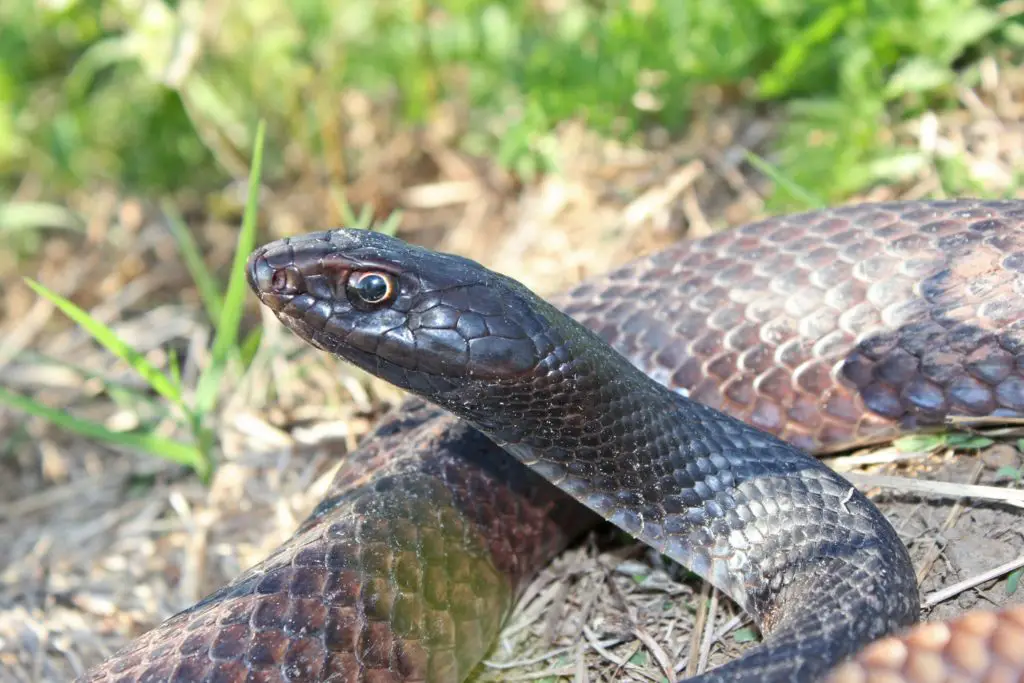
2. Snake Scale Rot
Scale Rot is a skin disease in snakes that usually involves bacterial infection. Scale rot is also commonly referred to as Blister Disease and Necrotizing Dermatitis. The most common cause of scale rot is poor husbandry practices. This can include environments that are too wet, dirty habitats, and improper temperature control.
Diagnosis of scale rot is typically based on physical exam findings and a thorough review of the snake’s habitat. The bacteria responsible for scale rot are usually gram-negative bacteria. However, the presence of multiple types of bacteria is common.
How do you know if your snake has Scale Rot?
In the early stages of infection, pustules or blisters may be visible. When these lesions rupture, they can cause painful open wounds. Lesions may be localized to a single focal area or extend across the body.
In some cases, symptoms can resemble fungal disease and burns, so an accurate diagnosis is critical.
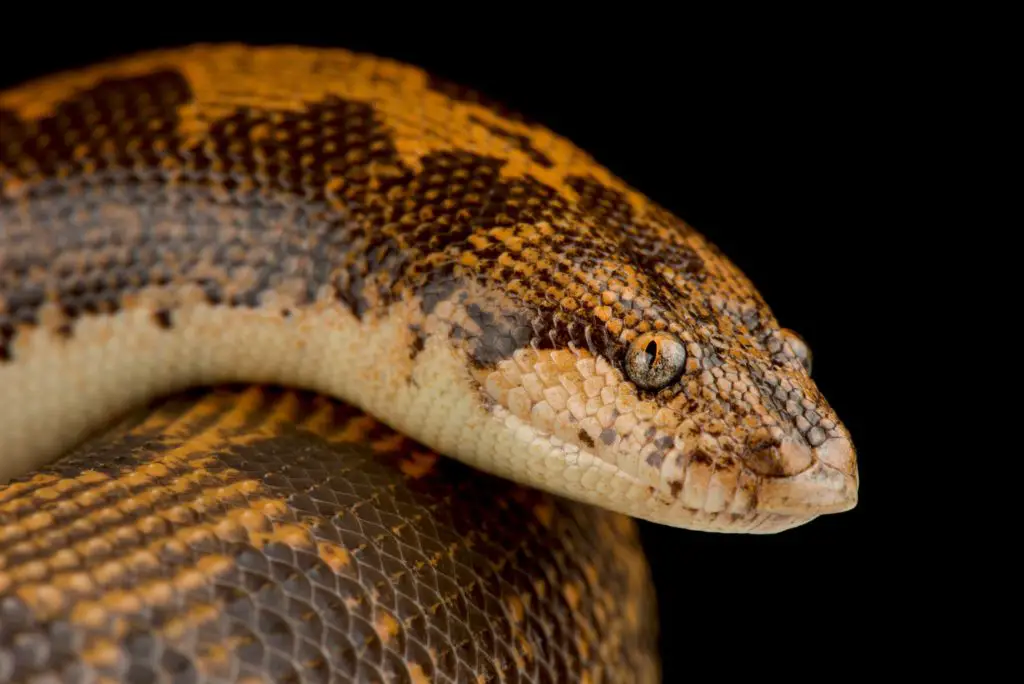
How do you fix scale rot in snakes?
Initial treatment includes a thorough cleaning of the infected area. Antibiotics are a critical part of the treatment plan and may include both systemic and topical therapies. For very mild cases (just a couple of lesions) silver sulfadiazine or Betadine applied daily can work. This will only work long term if you make sure to address any husbandry issues, however.
If some of the pustules have ruptured, your vet can use a sample of the fluid for bacterial culture. This will help your veterinarian prescribe the most appropriate treatment and reduce the risk of antibiotic resistance.
Severe infections may require veterinary treatment under anesthesia. Anesthesia allows the veterinarian to perform a thorough surgical cleaning of deep wounds and remove dead or necrotic tissue.
Prevention
Overall, the most critical step in preventing scale rot is ensuring your snake’s habitat is clean and suitable to their environmental needs. Hygiene, humidity and temperature need to be correct if you want your snake’s immune system to function well.
Another consideration in preventing scale rot is to ensure your snake has no underlying health conditions that may be compromising their immune system.
It’s also important to remember that excess humidity fuels bacterial and fungal growth, potentially leading to scale rot. Unsurprisingly, snakes that are naturally from xeric (very dry) habitats are much more susceptible to the condition.
Examples of snake with a particular weakness to scale rot include:
- Sand Boas (Eryx)
- Rosy Boas
- Desert King and Milk Snakes – such as the Grey Banded King Snake or the Variable King Snake
- Bull Snakes
Still other snakes are vulnerable to scale rot because of how heavy they are, given that their bellies press hard into contact with germs on their enclosure floor, These include:
- Ball Pythons
- Boa Constrictors
- Burmese Pythons
- Blood/Short-tailed Pythons
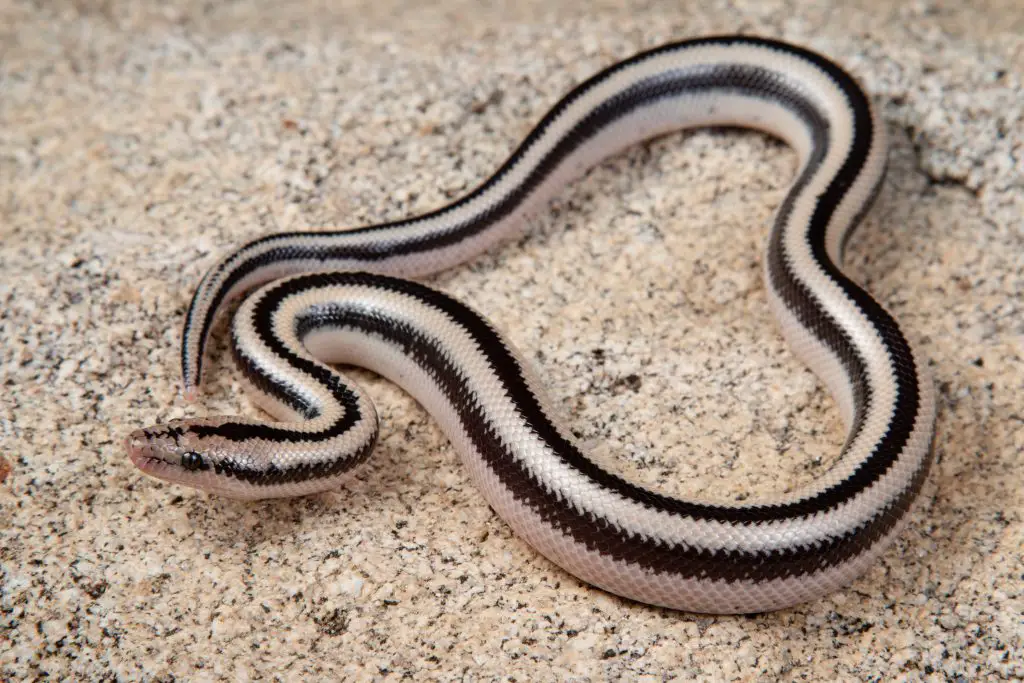
3. Snake Respiratory Infections
Respiratory infections in snakes are caused by bacterial, viral, fungal, or parasitic infections. Aeromonas and Pseudomonas bacteria are commonly isolated in snakes with respiratory infections.
Nonetheless, multiple causative agents may be present. In theses cases, diagnostic testing is essential to determine the cause of the infection and develop an appropriate treatment plan.
Respiratory infections can be contagious and spread between snakes in a collection. Early detection of disease is critical and you must quarantine sick individuals to reduce potential spread.
Symptoms
The first symptoms of respiratory infections in snakes include nasal discharge, lethargy, and loss of appetite. As the infection persists, it may become difficult for the snake to breathe.
Signs of this include abnormal respiratory sounds, wheezing, and open mouth breathing. Because of this difficulty, snakes may also exhibit abnormal posturing of the head and neck. In some cases, the throat area can become swollen or distended.
How do you treat respiratory infection in snakes?
Treatment of respiratory infections is highly dependent on the cause of the illness and the severity of the disease. Diagnostic testing may be necessary to determine the origin of the infection. Appropriate therapy usually involves the use of oral and injectable antibiotics.
Some studies have recommended nebulization of antibiotics with sterile saline. However, you should always consult with a veterinarian before initiating antibiotic treatment. In severe cases, snakes may require fluid therapy and nutritional support.
Without proper diagnosis and treatment, severe respiratory infections can result in pneumonia, sepsis, or even death.
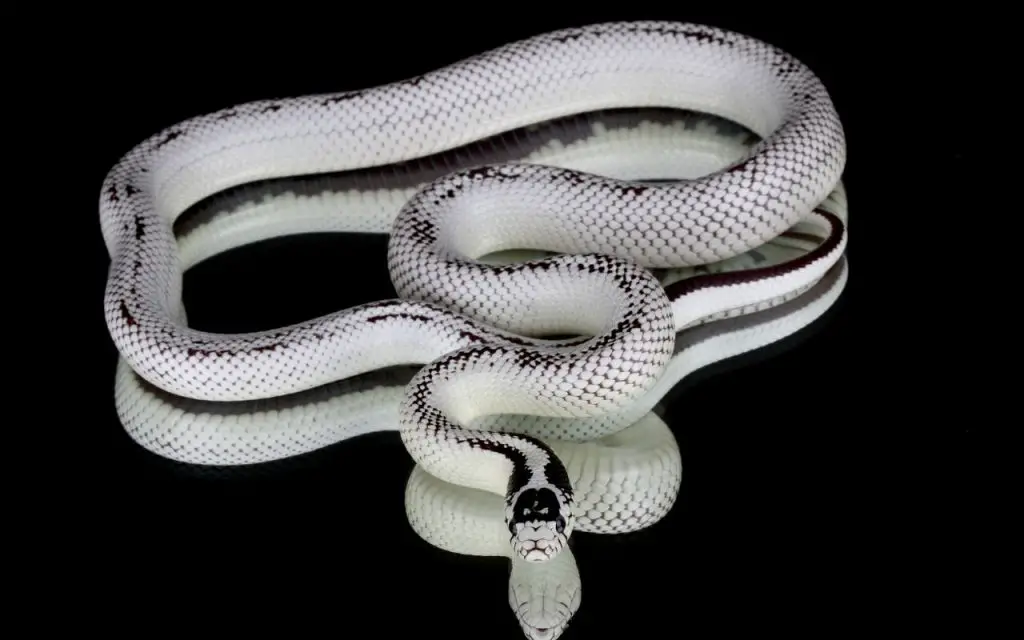
Prevention
Humidity and temperature are critical factors in the development of respiratory disease. Inappropriate husbandry practices can result in the overgrowth of bacteria and fungi that put snakes at increased risk of respiratory infection.
Take care to ensure enclosures remain clean, have adequate ventilation, and are appropriately regulated.
Proper quarantine and testing protocols are also critical when dealing with any form of infectious disease. Anytime you introduce a new animal to your collection, they should go through a strict quarantine process. You should also isolate sick animals as soon as they start showing symptoms.
Something that it is also important recognize is that snakes can get respiratroy infections from very low humidity too. The perceived wisdom that RI’s are always caused by high humidity is false: you must always get the humidity right for your pet snake species: low or high!
Conclusion
Like I said in the introduction, this isn’t a fun topic. Notwithstanding, it’s our responsibility to look after the health of our animals. Personally, I aim for my pets to have a much easier and healthier life than they would in the wild. After all, they’re our companions – we owe it to them.
If you think one of your snakes has symptoms of a disease we’ve talked about today your first steps should be to contact both other keepers (on forums, for example) and a vet. Get all the advice you can!
The goal is to quickly determine whether your pet needs the help of a specialist reptile vet. If it does, getting it there will be the difference between it surviving or not.
Whilst some conditions can be treated at home when very mild, the truth is that many snakes will not recover without systemic antibiotics.
If you were looking for information on Ball Python hygiene, go to my Ball Python care sheet.

FAQ relating to snake diseases
What diseases can snakes get?
Snakes can suffer from a wide variety of diseases, most of which tend to be bacterial, fungal or viral. These often translate to respiratory infections, dermatitis (a skin infection) or stomatitis (mouth rot).
Some of these diseases are what we call “emerging diseases”, meaning that they are either newly discovered or spreading rapidly. One particularly sad example is Ophidiomyces ophiodiicola, a fungal agent that is harming snake populations in eastern North America.
At the same time, snakes suffer from some diseases that are not infectious, but common to all vertebrates. These include fatty liver disease, skin cancer and avitaminosis D (essentially the same as Rickets).
What viruses do snakes carry?
Snakes carry a huge array of viruses, including Nidoviruses, Paramyxoviruses (related to Measles and Flu), Reptarenaviruses (thought to cause IBD) and Adenoviruses (like cold viruses). These viruses are more or less virulent, and may not always prove fatal to them. Fortunately, they do not affect humans, as they didn’t evolve to do so.
Sadly, some of them can kill a pet snake in days, though. Of particular concern are the Nidoviruses and Reptarenaviruses, that have killed off whole collections of pet snakes. They are an excellent reason to always quarantine new snakes in a separate room for at least four weeks.
What are signs of a sick snake?
Snakes vary such much in appearance, habits and even appetite that it’s impossible to give all the potential signs of sickness. So what you’re looking for is a change. The most certain sign of a sick snake is a change of some kind to its appearance (asides from shedding) or behavior.
If your snake begines getting spots, blotches or what looks like a rash, this is a change in appearance – time to contact a vet. Likewise, if your goes from being alert and active to lethargic, this is a change in behavior – again, it’s time to contact a vet.
Do wild snakes have diseases?
Wild snakes do have diseases, from respiratory diseases to protozoan infections. In addition, they also have both internal and external parasites. Together, these afflictions represent a challenge to a snakes survival.
The strongest snakes, usually those who have inherited the best genes, are able to overcome all but the most virulent infections and survive long enough to reproduce. In fact, wild snakes often show signs of scale rot after emerging from brumation, then look perfectly healthy after a shed and a few meals.

